Other classical recordings in my library feature performances and discussions from famed musicians and composers like Ernesto Lecuona (1895-1963) from Cuba and the Catalan cellist and composer Pablo Casals (1876-1973). The Lecuona recording that I have derives from piano performances of his own classical works and popular songs, which he recorded in New York City in 1955. The Casals recording titled Casals: A Living Portrait In his own words functions as hybrid ethnographic interview and compilation concerning his life and achievements as a cellist and composer. Casals gave the interview featured on the recording (narrated by Isaac Stern) in 1966 at age 90 while living in Puerto Rico (Casals first visited the island in 1955 to inaugurate the Casals Festival there.). I find this recording interesting not just because Casals talks about his approach to performance practice in music. He also explains how he grew up in the late-nineteenth century and furthered his career, including making acquaintances with other Spanish composers like Isaac Albeniz (1860-1909). Casals: A Living Portrait also includes snippets from his compositions. Many of his works and their recordings have been published by or are available at the Instituto de Cultura Puertorriqueña (Institute for Puerto Rican Culture) in San Juan, PR. Listeners can access a digitized version of a commemorative recording of his compositions released after his death in 1973.
Readers will also notice that I also include folk and popular music (sometimes as stylized arrangements of other songs) from Puerto Rico, Panama, and Brazil, as well as Mexican American rock fusion. The Amigos album from 1976 by Santana represents a bit of a departure from their self-titled rock record from 1969, which I also have (not shown). Amigos combines Latin American music, rock, and funk courtesy of the group Tower of Power. While the song “See the Light” proved to be Santana’s top hit on the album, I recommend listening to other tracks on the record as well for how the band incorporates these elements on the vocals and instrumentation:
Of course, some albums that I have found come off as downright strange because of the overall approach. The version of West Side Story featured in my library puzzles me. The album stems from a 1985 revision of the musical composed and conducted by Leonard Bernstein (1918-1990), where he cast opera singers like José Carreras in the leading roles. I mention this to highlight the etic (outsider) cultural perspectives of the composition and to further demonstrate the problematic aspects of West Side Story. I have a “love/hate” relationship with this work. I have studied it academically and have seen both the 1960 and 2021 film adaptations: both of which left me disappointed. As someone of Puerto Rican heritage, I applaud the fact that West Side Story tries to depict Puerto Rican culture. At the same time, I dislike it because it does not try hard enough. Puerto Ricans (and Afro-Puerto Ricans) deserve better representation than cultural stereotyping or invisibility. The 1985 recording reinforces this need when one considers that none of the lead singers and actors featured on the album were from Puerto Rico.
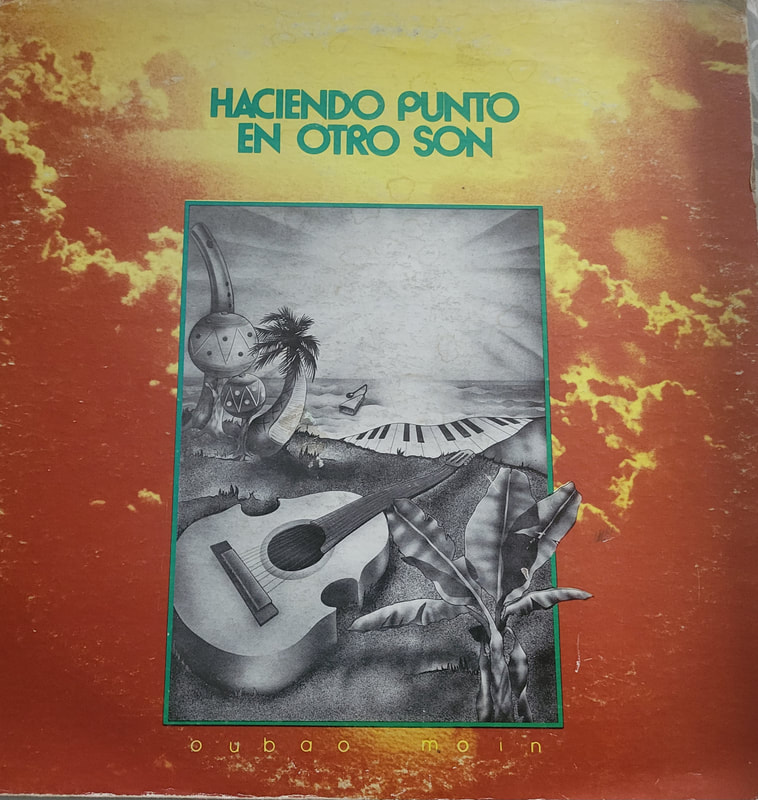
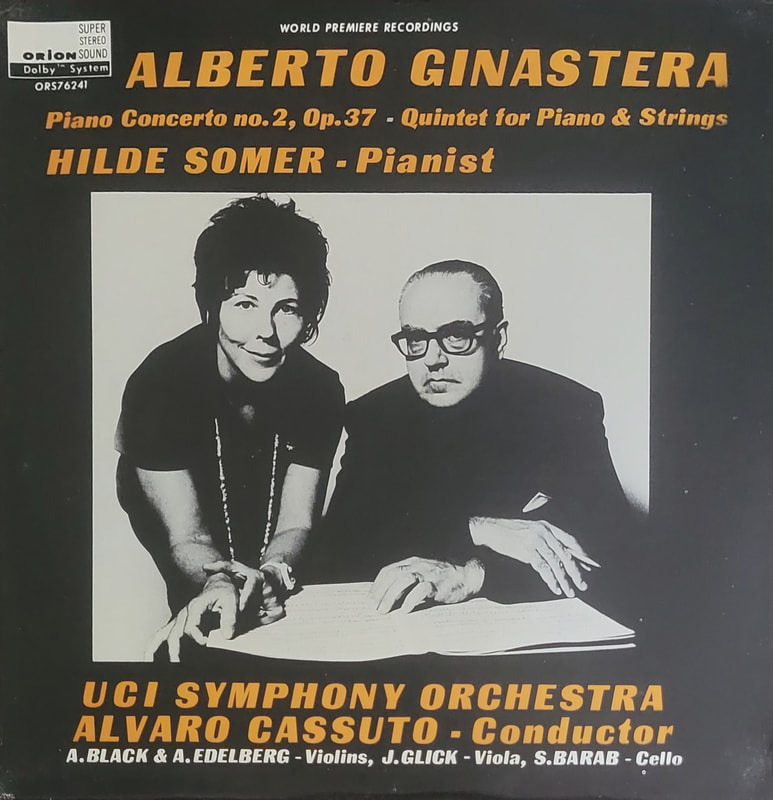
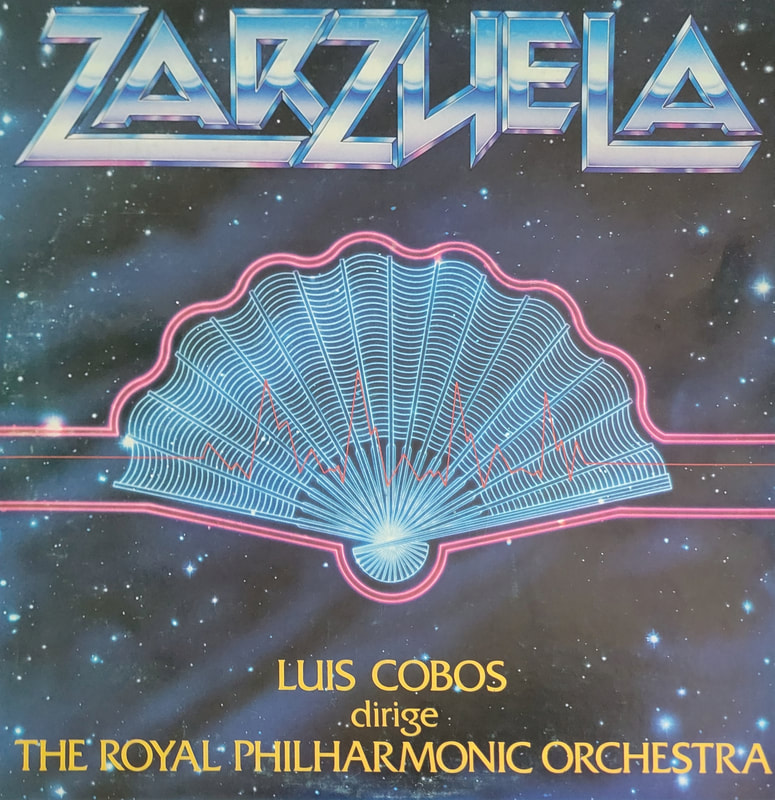
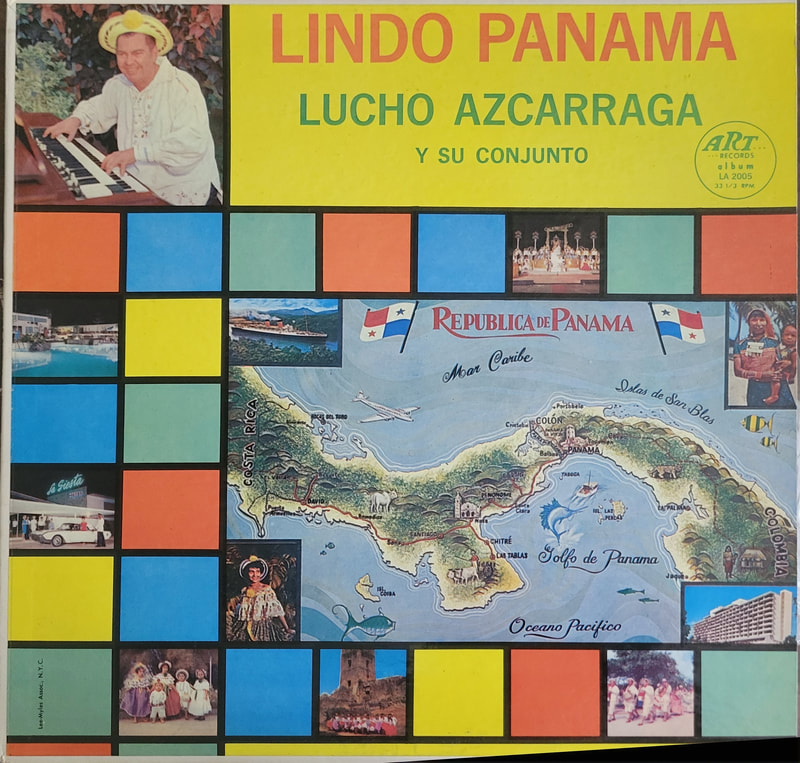
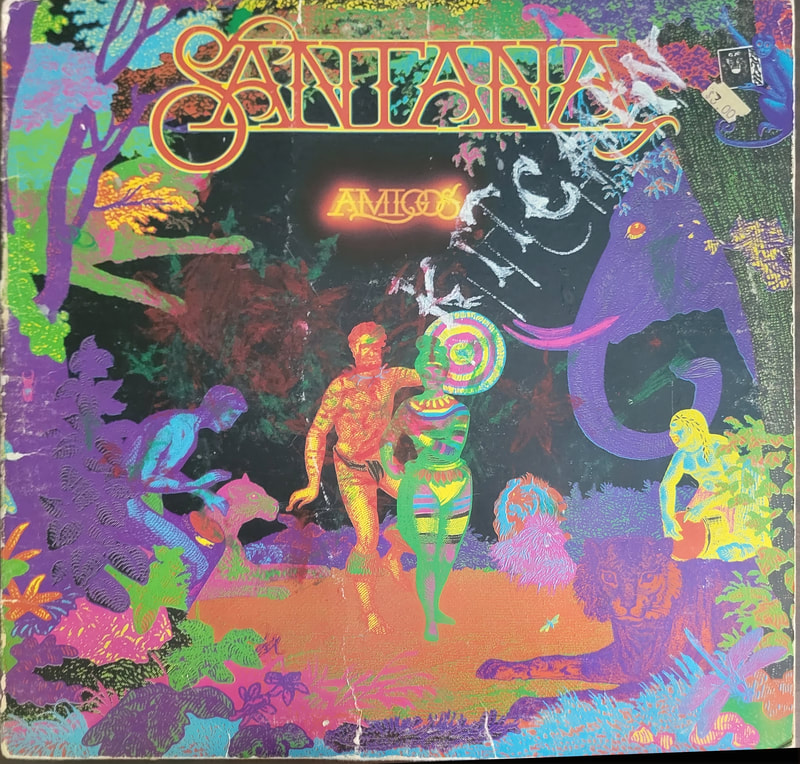
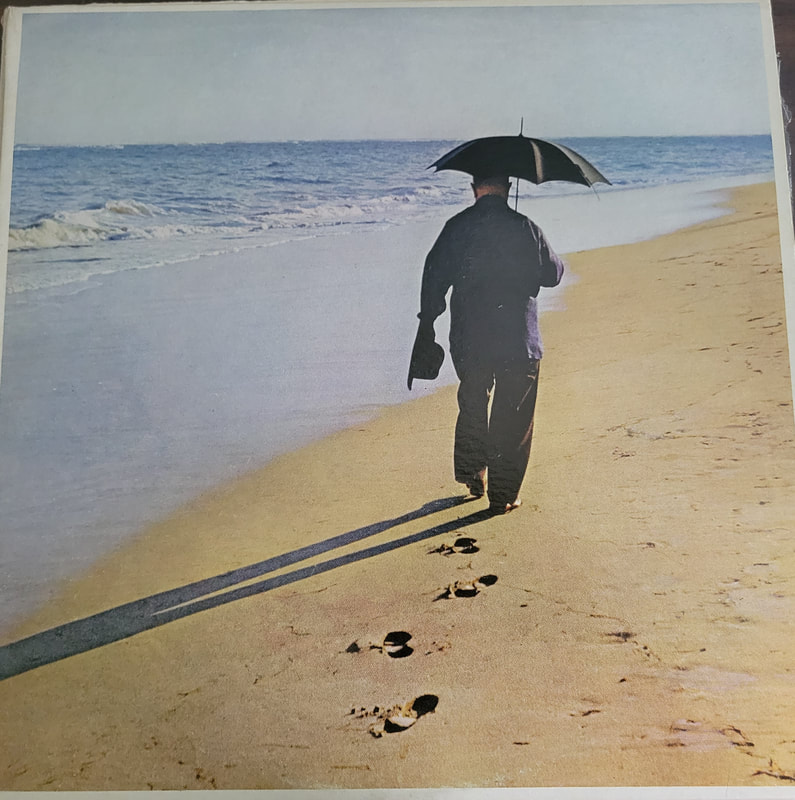
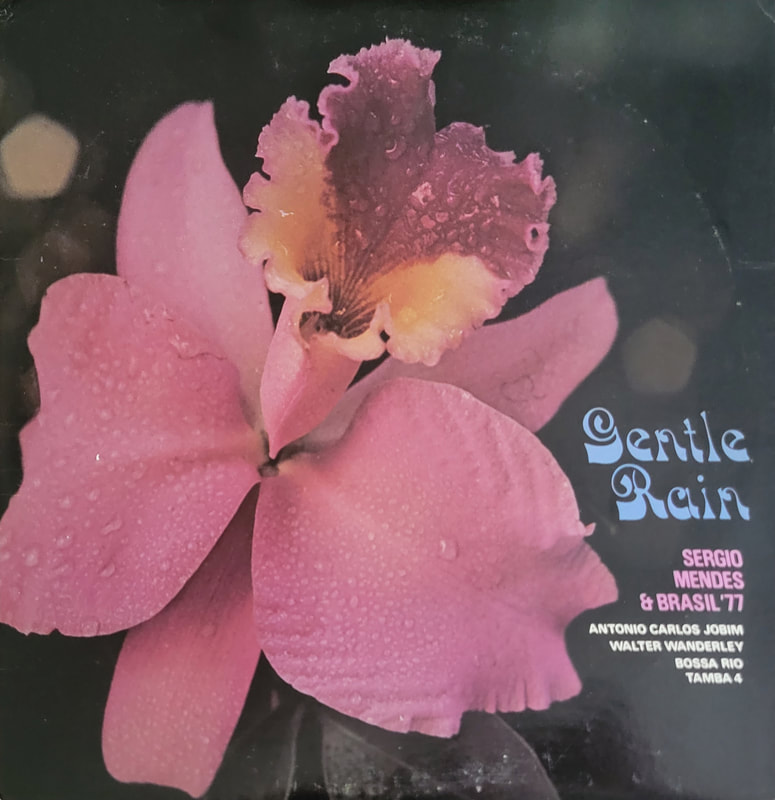
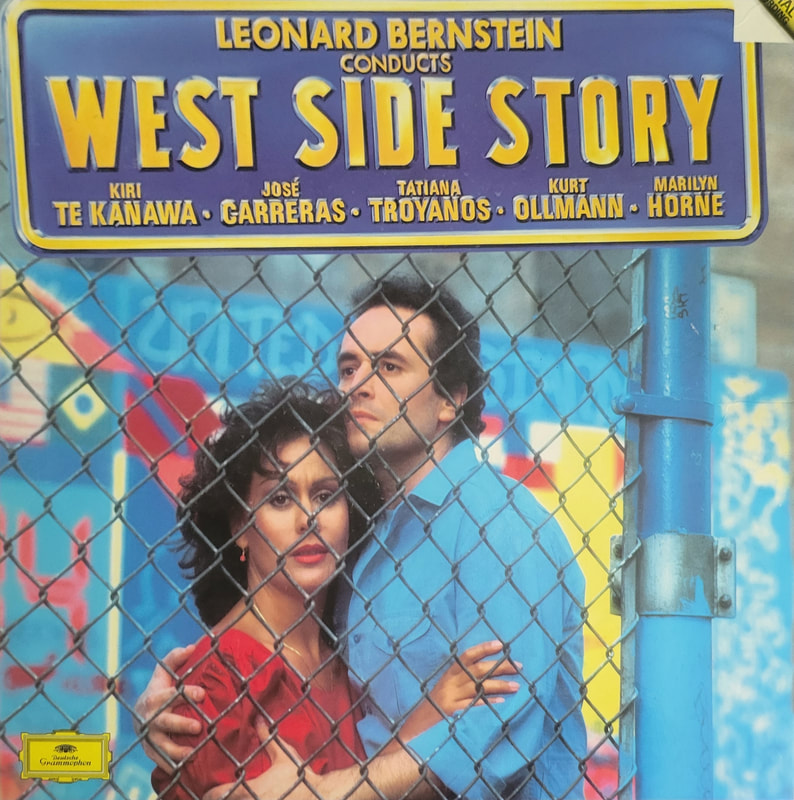
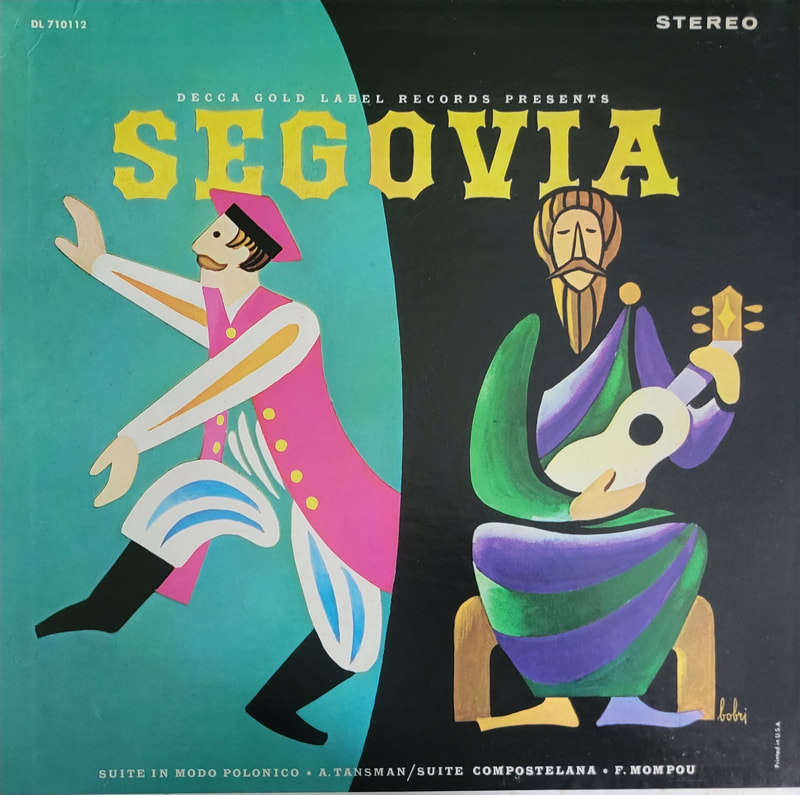
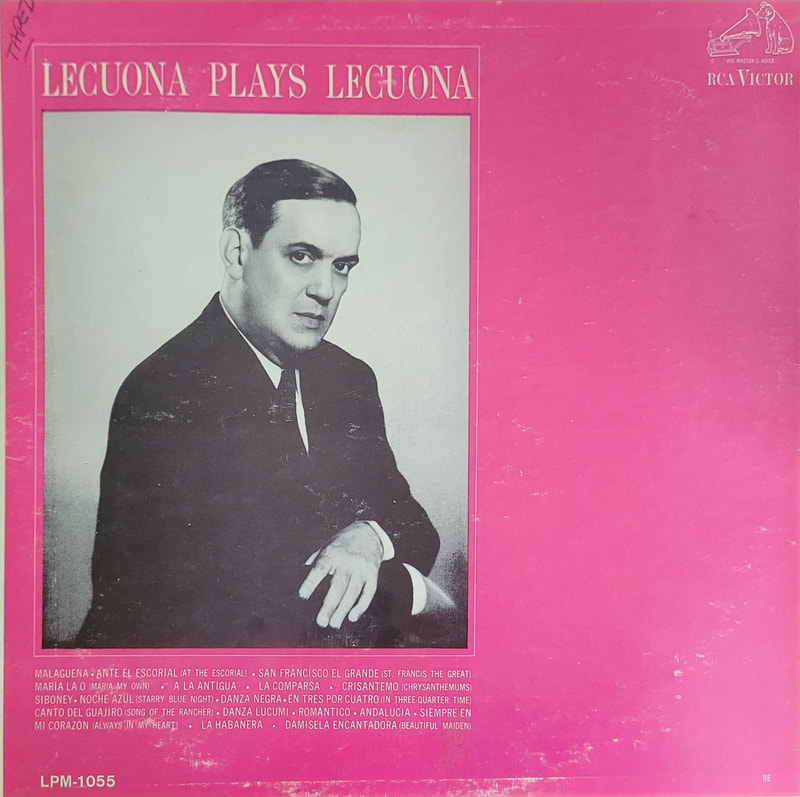
 RSS Feed
RSS Feed
